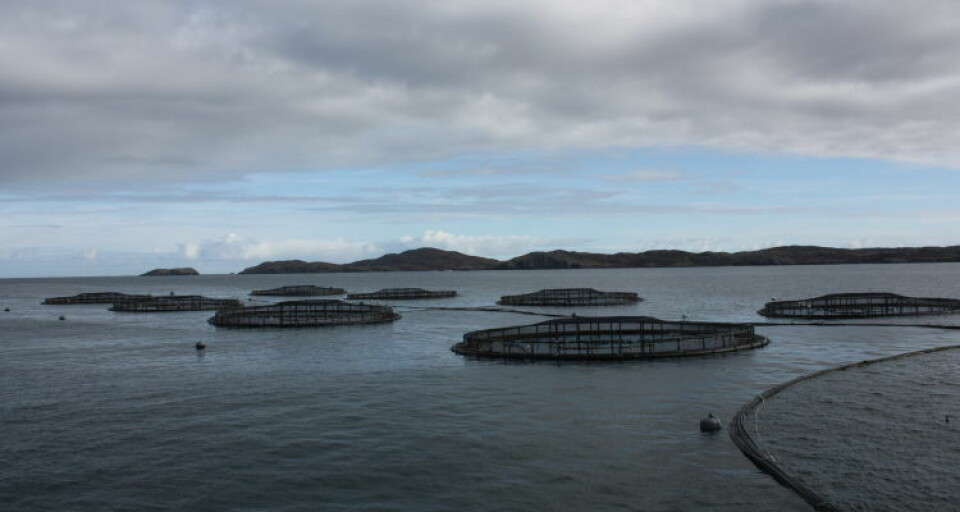
Scottish Salmon Company fed too much Slice to fish
The Scottish Salmon Company was sent an advisory letter by the Veterinary Medicines Directorate after discovering that fish had been given more treatments of in-feed anti-lice drug emamectin benzoate (Slice) than recommended in one year, investigative website The Ferret reported today.
SSC’s use of more than the recommended numer of treatments was discovered in February by Scottish Government inspectors after a salmon sample from the company’s Kyles of Vuia farm on Loch Roag, Lewis exceeded the “maximum residue limit” for emamectin.
The Ferret said this prompted a three-month investigation involving Marine Scotland Science, Food Standards Scotland and the UK’s Veterinary Medicines Directorate.
Six treatments
An inspection of treatment records showed that salmon had been fed emamectin six times in a year, when the recommended maximum number of treatments was three.
This was “possibly a contributing factor for the non-compliant sample,” Marine Scotland Science said. It referred the case to the Veterinary Medicines Directorate enforcement team “to determine if any further action is appropriate”.
The directorate then told SSC on 13 May that emamectin had “not been administered in accordance with the marketing authorisation” but added: “We have decided on the basis of the information held at present not to take further action on this occasion.”
The Ferret reported that Food Standards Scotland concluded that the breach was not sufficient to declare a food safety incident. The sampled fish was not harvested, and so did not go to supermarkets to be sold to consumers.
‘Marginal residue’
SSC, which is owned by Faroese salmon farmer Bakkafrost, stressed to The Ferret that it took the welfare of its fish very seriously, and that the use of pesticides was highly regulated.
“We take the health and welfare of our stock very seriously and the administration of medication is highly regulated. Samples were taken during routine industry testing which showed marginal residue of veterinary medicine in one fish soon after a preventative treatment,” said a spokesperson for the company.
“We cooperated fully with the investigation and the VMD issued an advisory letter to SSC’s prescribing veterinarian. Both the VMD and FSS concluded that no food residue violation had taken place. This was an isolated incident and it is important to note that the quantities of medication being referred to are in terms of recommended limits for treatment, not a breach of permitted thresholds for environmental discharge.
"Over recent years we have been investing heavily in our proactive veterinary health plans and alternative treatments such as using freshwater and cleaner fish, to reduce any use of medicine.”























































